You’ve seen the glossy brochures.
Or even the Instagram-perfect shots.
The enthusiastic recommendations from that one friend who “totally loved” their Colorado vacation.
But what they don’t show you are the two-hour lines, mediocre food, and manufactured experiences waiting to ambush your retirement fund.
I’ve fallen for these Rocky Mountain ruses myself, standing in disappointment at attractions that promised the moon but delivered green cheese.
Consider this your financial self-defense guide to Colorado tourism.
1. 16th Street Mall, Denver
The 16th Street Mall in downtown Denver tops our list of Colorado tourist traps. This pedestrian and transit mall stretches through the heart of the city and attracts thousands of visitors each year.
Despite its popularity, many visitors complain it’s filled with chain stores and restaurants that you could find anywhere in America. There’s very little that actually represents Denver’s unique character.
Want me to tell you what locals know? The free MallRide shuttle is convenient, but it mainly shuttles you between overpriced shops and restaurants designed to empty your wallet at every turn.
Why It’s On This List: The 16th Street Mall is considered Colorado’s biggest tourist trap, lacking authentic Denver experiences while being crowded and commercialized.
2. Manitou Cliff Dwellings, Manitou Springs
The Manitou Cliff Dwellings near Colorado Springs look like ancient Native American ruins.
They charge about $12 per person to explore what appears to be historic cliff dwellings.
I made a classic mistake when I first visited.
I thought these were authentic ancient ruins.
In reality, these structures were relocated from elsewhere in Colorado in the early 1900s specifically to create a tourist attraction.
You’re better off knowing that these aren’t original structures in their natural setting.
The million tons of rock were moved from southwest Colorado and reassembled under a red rock overhang to mimic ruins at Mesa Verde National Park.
The Tourist Trap Truth: Despite appearing authentic, these are reconstructed ruins moved from their original location purely to create a commercial attraction with a massive gift shop three times larger than the exhibit itself.
3. Royal Gorge, Canon City
Royal Gorge features a stunning natural canyon with the Arkansas River flowing 1,000 feet below.
It sounds like a perfect natural wonder to visit.
That’s why so many tourists are disappointed when they discover the area has been turned into an amusement park.
The landowner has commercialized this beautiful wilderness area with attractions that distract from the natural beauty.
You’re better off visiting Black Canyon of the Gunnison instead, where you can experience similar dramatic canyon views without the commercial carnival atmosphere.
The Commercial Catch: What could be a stunning natural experience has been transformed into a pay-to-play amusement park that detracts from the wilderness experience.
4. Seven Falls, Colorado Springs
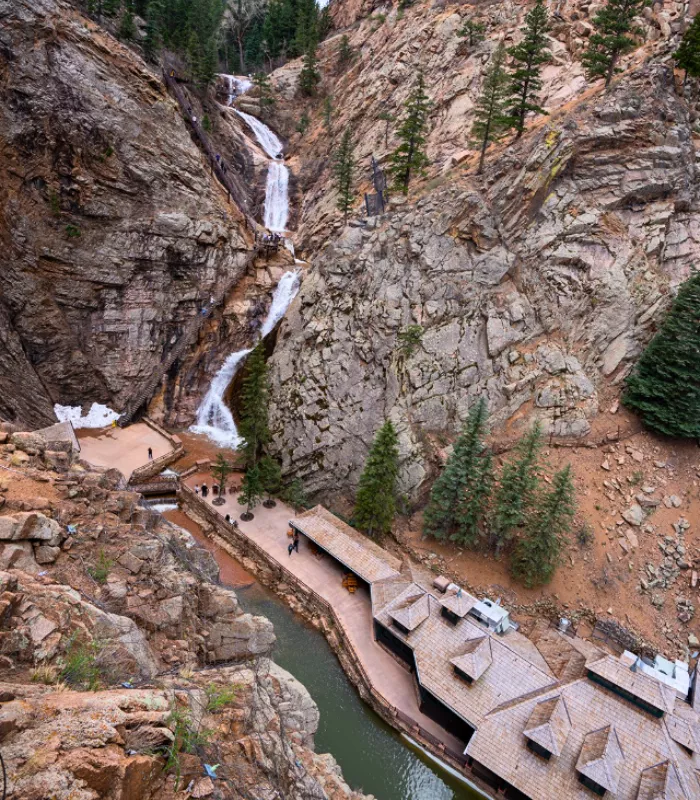
Seven Falls advertises itself as “The Grandest Mile of Scenery in Colorado” and charges visitors to see its series of cascading waterfalls.
You’ll be paying to climb up steel staircases alongside crowds of other tourists.
The experience feels manufactured rather than natural.
Want me to suggest a better alternative?
Visit Bridal Veil Falls instead, where you can enjoy beautiful waterfalls in a more natural setting without the commercial infrastructure.
Why It’s A Tourist Trap: Natural beauty shouldn’t require admission fees and metal staircases – this commercialized waterfall experience prioritizes profit over authentic nature appreciation.
5. Pikes Peak, Colorado Springs
Pikes Peak stands majestically at 14,115 feet and inspired “America the Beautiful.”
You can drive to the summit or take the cog railway without breaking a sweat.
I made a classic mistake thinking this was the best way to experience a Colorado 14er.
At the top, you’ll find gift shops, an oxygen bar, and crowds of people who didn’t earn the view.
You’re better off hiking an accessible 14er like Mt. Bierstadt.
The physical effort makes the reward so much sweeter, and you’ll experience Colorado’s mountains the way they’re meant to be enjoyed.
The Mountain Reality: A commercialized summit experience with oxygen bars and gift shops diminishes what should be a magnificent natural achievement.
6. Garden of the Gods, Colorado Springs
Garden of the Gods features stunning red rock formations against the backdrop of Pikes Peak. It’s free to visit, which is a plus.
That’s why it’s hard to call this a complete tourist trap.
However, the paved hiking trails, massive parking lots for tour buses, and gift shops disguised as visitor centers create a commercialized experience.
Want me to recommend something more authentic? Visit The Crags instead for similar rock formations but with fewer crowds and a more natural hiking experience.
The Overcrowded Reality: While beautiful and free, the commercialization and crowds can make this natural wonder feel more like a theme park than a wilderness experience.
7. Coors Brewery Tour, Golden

The Coors Brewery Tour in Golden used to be an informative experience led by knowledgeable Colorado School of Mines students.
They’ve replaced human guides with handheld audio devices.
Instead of learning about the beer-making process, visitors now endure marketing gimmicks with background music and whispered beer names.
You’re better off visiting smaller local breweries like Golden City Brewery or Tommyknocker Brewery, where you can see real beer-making in action and talk to actual brewers about their craft.
The Brewing Disappointment: What was once an educational experience has become a self-guided marketing ploy with little authentic information about the brewing process.
8. Rocky Mountain National Park’s Eugenia Mine Hike
Rocky Mountain National Park is beautiful, but the hike to Eugenia Mine is misleading. Thousands of hikers trek to this spot each summer based on guidebook recommendations.
I made a classic mistake thinking I’d see impressive mining ruins. The reality? It’s basically a hike to a sign. That’s it.
You’re better off exploring the Historic Black Hawk Peak area in Arapaho National Forest if you want to see genuine pioneer-era ruins with fewer crowds and more authentic history.
The Hiking Letdown: This overhyped trail leads to practically nothing while drawing crowds away from more rewarding and authentic historical sites.
9. Rocky Mountain National Park’s Lulu City Hike
The hike to Lulu City in Rocky Mountain National Park is advertised as a trek to a ghost town. Many visitors set out expecting to see preserved buildings and mining equipment.
There’s virtually nothing left of the ghost town at the end of this trail. The main redeeming quality is that you’ll hike along the beginnings of the Colorado River.
Want me to save you some disappointment? If you’re looking for real ghost towns, head to the Historic Black Hawk Peak area instead, where you’ll find actual ruins worth exploring.
The Ghost Town That Isn’t: Hikers expecting to find an interesting ghost town will instead discover there’s almost nothing left to see after a long trek.
10. Focus on the Family, Colorado Springs
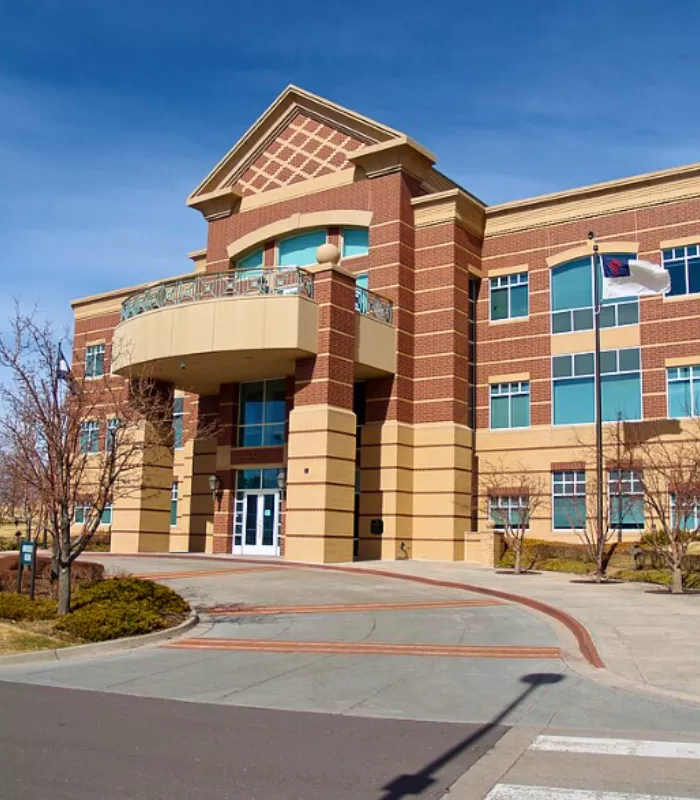
Focus on the Family’s compound in Colorado Springs was once the third most popular tourist attraction in the city, after Garden of the Gods and the Air Force Academy.
That’s why it’s surprising to many visitors when they discover it’s primarily administrative offices for a religious organization rather than an engaging tourist destination.
You’re better off spending your time at Colorado Springs’ natural attractions rather than visiting what amounts to an office complex with a gift shop.
The Misleading Attraction: Despite being promoted as a major tourist destination, there’s little of interest for the average visitor beyond the organization’s bookstore and offices.
11. Four Corners Monument, Navajo Nation
Four Corners Monument marks the spot where Colorado, Utah, Arizona, and New Mexico meet. It’s the only place in the United States where four states intersect.
It’s literally just a concrete slab with a brass disc in the middle of the desert. You’ll drive hours out of your way to stand in line for a photo opportunity that takes seconds.
You’re better off exploring nearby Mesa Verde National Park or Monument Valley, where you’ll find breathtaking landscapes and authentic cultural experiences instead of a crowded concrete marker.
The Desert Disappointment: Far & Wide named Four Corners the “most boring tourist trap” in Colorado, requiring a long drive for a brief, underwhelming experience.
12. Casa Bonita, Denver
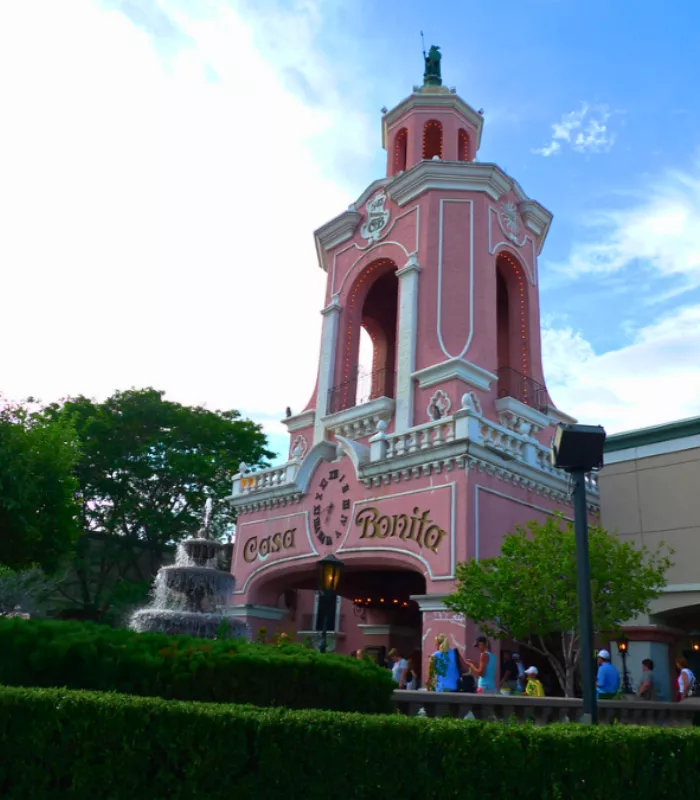
Casa Bonita in Denver features cliff divers, “escaping gorillas,” and an arcade in a Mexican-themed restaurant setting. It gained fame after being featured on South Park.
I made a classic mistake when I first visited – I expected decent food with the entertainment. The reality is the food has long been criticized as bland and inauthentic.
Want me to tell you what locals know? People don’t go for the cuisine – they go for the gloriously cheesy spectacle. Adjust your expectations accordingly!
The Food Reality: This pink palace offers memorable entertainment but consistently disappointing food – go for the cliff divers, not the enchiladas.
13. Buffalo Bill Grave and Museum, Golden
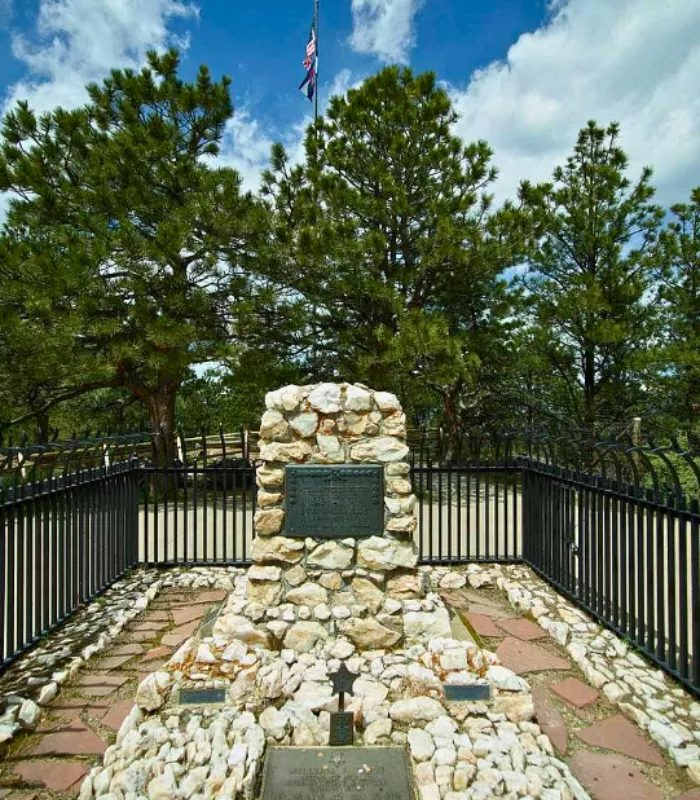
The Buffalo Bill Grave and Museum sits atop Lookout Mountain in Golden.
It marks the final resting place of the famous showman and Wild West figure.
As Insider points out, “a grave is a grave is a grave.”
The museum opened in 1921 and hasn’t changed much since then.
You’re better off visiting the History Colorado Center in Denver for a more comprehensive and modern look at Western history with interactive exhibits that bring the past to life.
The Outdated Experience: This museum has barely changed in over 100 years, offering little beyond a basic grave site and antiquated exhibits.
14. Downtown Aquarium, Denver
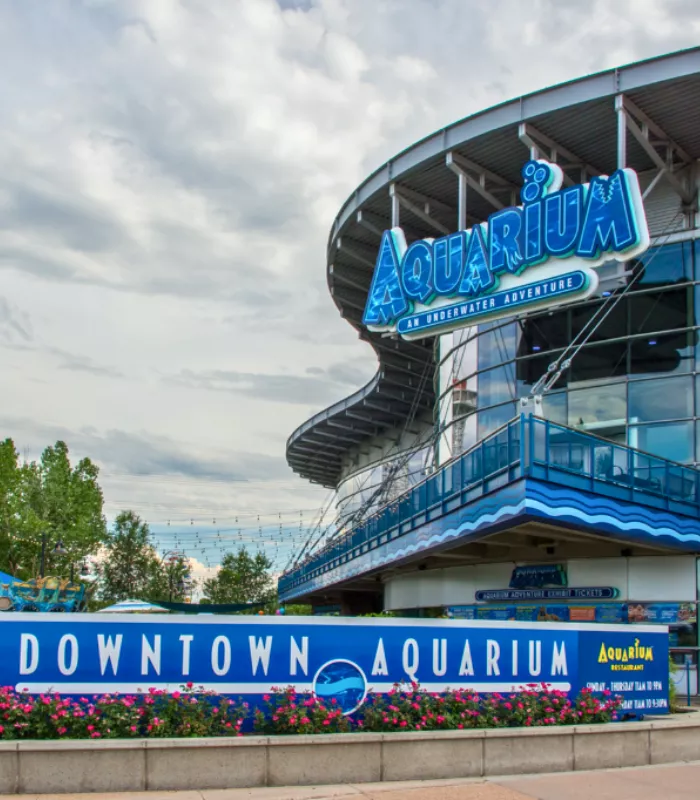
The Downtown Aquarium in Denver (formerly Colorado’s Ocean Journey) promises an underwater adventure in the middle of the Mile High City.
That’s why many visitors are disappointed to discover it’s primarily a restaurant with some fish tanks rather than a true aquarium dedicated to marine education and conservation.
Want me to save you some disappointment?
If you’re a serious aquarium enthusiast, you might find the exhibits lacking compared to major aquariums in coastal cities.
The Aquatic Letdown: It’s more of a themed restaurant than an educational facility, with little focus on the study and preservation of sea life.
15. Taste of Colorado, Denver

Taste of Colorado is a festival held in downtown Denver that promises to showcase the state’s culinary diversity and local flavors.
I made a classic mistake thinking I’d experience authentic Colorado cuisine.
Instead, I found mostly standard festival food booths selling overpriced corn dogs and funnel cakes.
You’re better off exploring Denver’s actual food scene at places like The Source or Denver Central Market, where you’ll find genuine Colorado flavors without the crowds and inflated prices.
The Festival Flop: Despite its name suggesting authentic Colorado cuisine, this event offers mostly generic festival food at premium prices.
16. Boost Oxygen Canisters, Various Locations

Boost Oxygen canisters are sold throughout Colorado’s tourist areas as a solution to altitude sickness. They promise to help visitors adjust to the thin mountain air.
Medical professionals consistently point out that these canisters provide minimal, if any, actual benefit. The small amount of oxygen they contain is used up in just a few breaths.
Want me to tell you what really works? Proper hydration, gradual acclimatization, and over-the-counter medications like ibuprofen are far more effective for dealing with altitude issues than these overpriced cans.
The Altitude Scam: These expensive canisters prey on tourists’ fears of altitude sickness while providing little actual relief.
17. The Stanley Hotel, Estes Park
The Stanley Hotel in Estes Park is famous for inspiring Stephen King’s “The Shining” and draws horror fans from around the world.
That’s why many guests are disappointed to discover it wasn’t actually where the movie was filmed.
Add to that the frequent complaints about poor reception, lack of hot water, and high prices for basic accommodations.
You’re better off enjoying the Stanley’s beautiful exterior and lobby, then staying at one of the many other charming accommodations in Estes Park that offer better value and service.
The Haunting Letdown: Despite its famous connection to “The Shining,” guests often report disappointing accommodations that don’t justify the premium prices.
18. Chuck Wagon Dinners, Various Locations

Chuck Wagon Dinners across Colorado promise an authentic Old West dining experience with cowboys, campfires, and country music.
I made a classic mistake thinking I’d experience how real cowboys ate on the range.
The reality is these shows offer low-quality food with vaudeville-style entertainment that has little to do with actual Western history.
Want me to suggest a better alternative? The Fort restaurant serves authentic game meals in a historic setting without pretending to be something it isn’t.
The Western Facade: These commercialized dinner shows offer neither authentic cowboy cuisine nor genuine Western entertainment.
19. Snooze Eatery, Various Locations
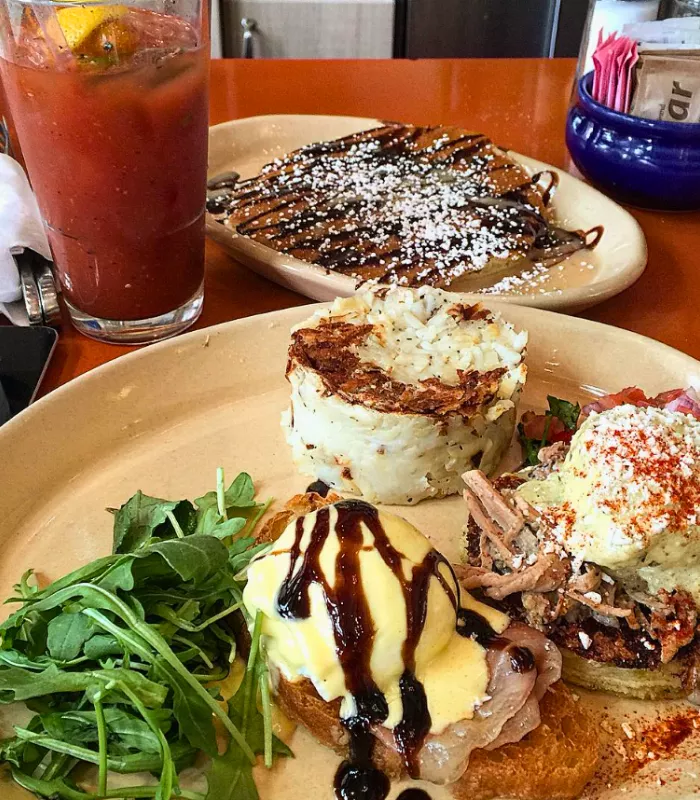
Snooze Eatery has locations throughout Colorado and is often recommended to tourists as a must-visit breakfast spot.
While they do serve decent benedicts and creative pancakes, the long lines of tourists waiting to get in rarely justify the experience.
You’re better off exploring local breakfast spots like Lucile’s, where you can enjoy equally delicious food without the excessive wait times that come with Snooze’s tourist-driven popularity.
The Breakfast Hype: Despite serving good food, the tourist-driven lines make this breakfast spot more trouble than it’s worth.
20. A Touch of Colorado, Lakewood/Belmar
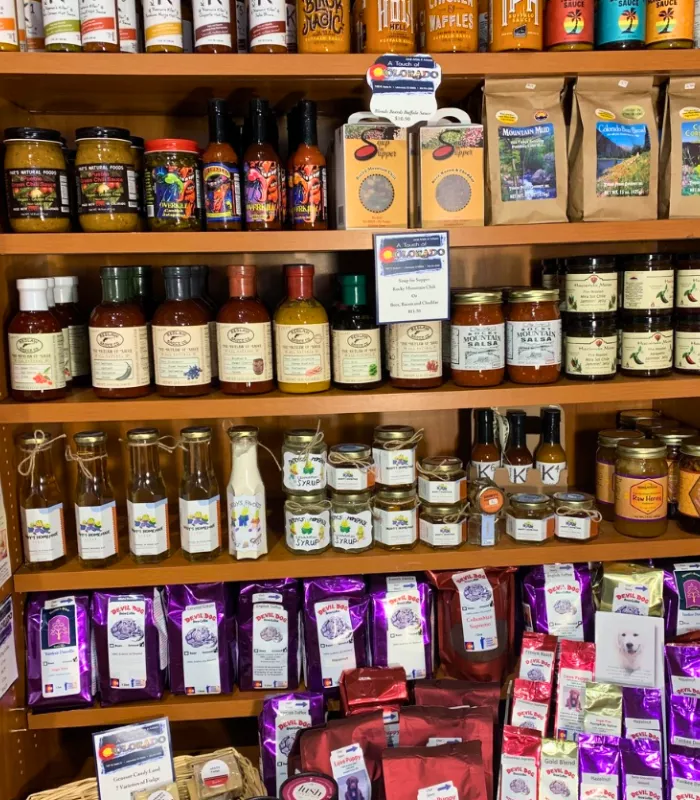
A Touch of Colorado and similar souvenir shops across the state promise authentic Colorado merchandise and gifts to take home.
That’s why many tourists are surprised to find these shops often sell mass-produced items made overseas with Colorado logos slapped on them rather than genuine local crafts.
Want me to tell you a secret? This particular shop actually has a better reputation than most, offering some locally made items.
For truly authentic Colorado souvenirs, seek out local farmers’ markets and craft fairs instead of tourist-focused gift shops.
The Souvenir Situation: Many Colorado gift shops sell mass-produced trinkets rather than authentic local crafts, though this particular store is better than most.
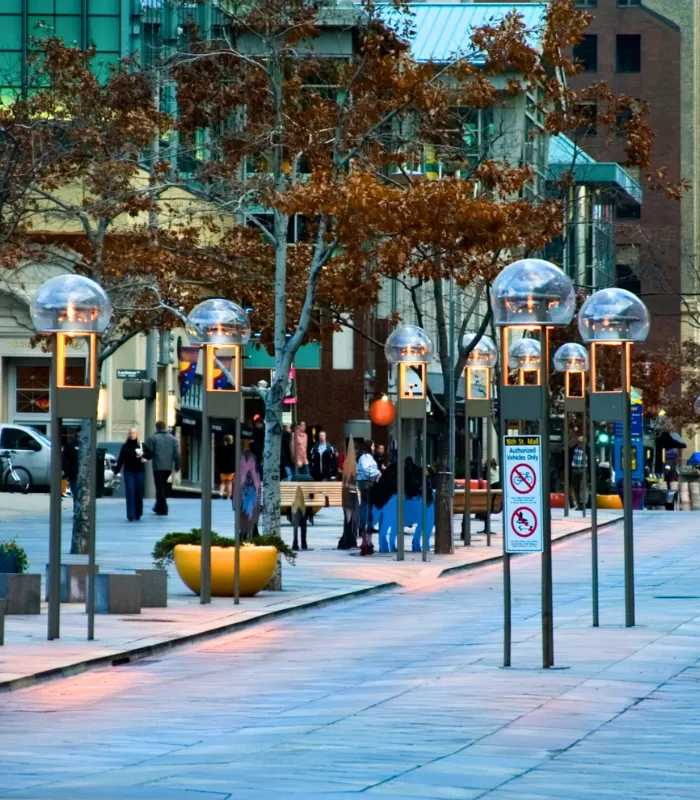
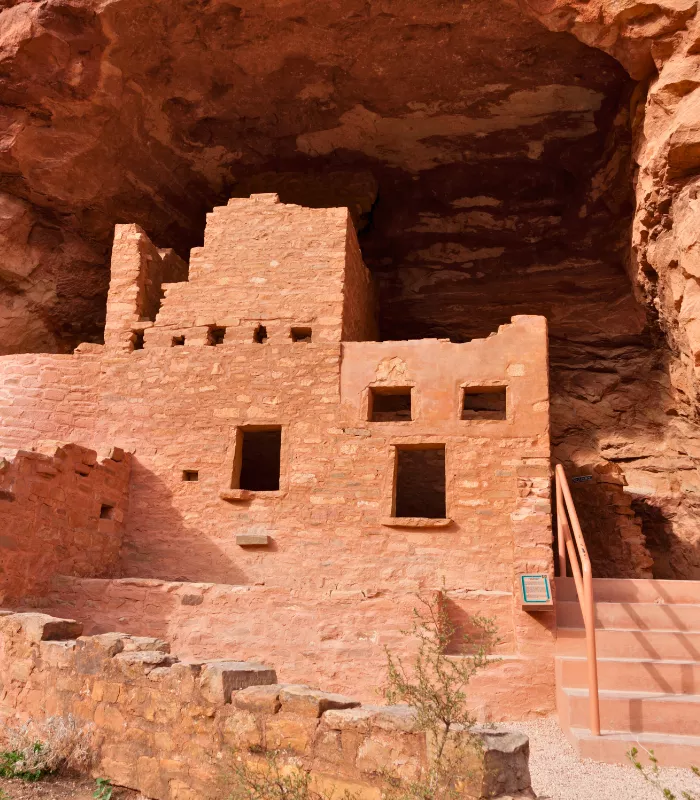
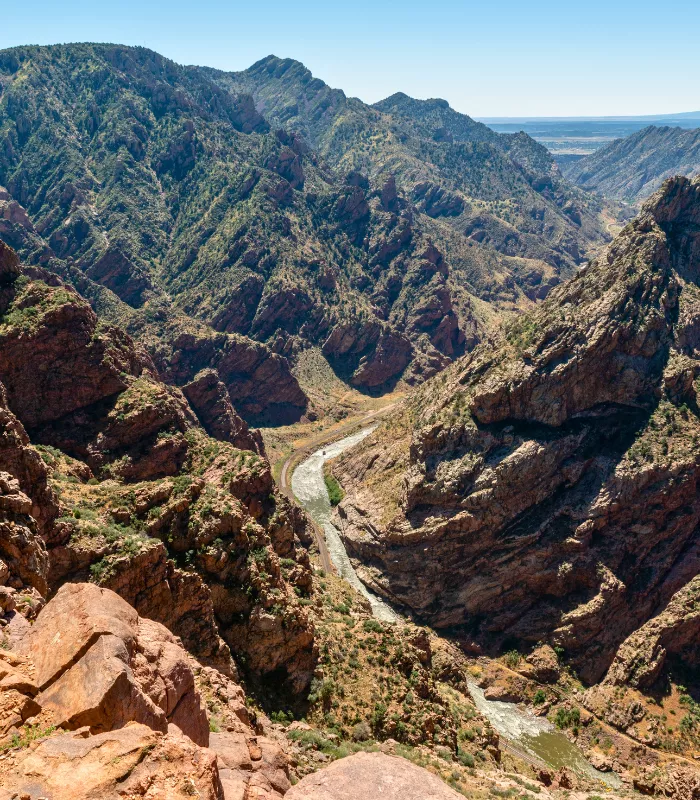

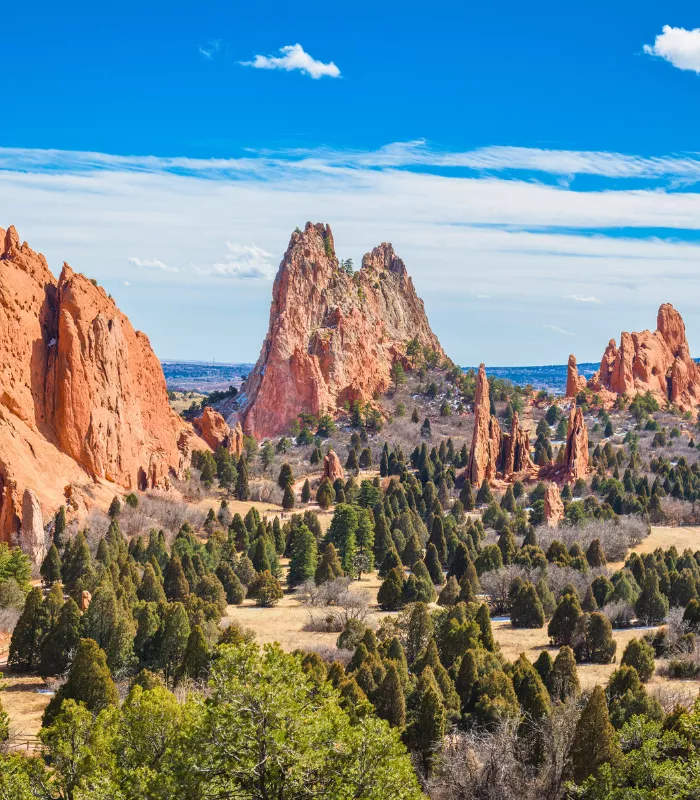
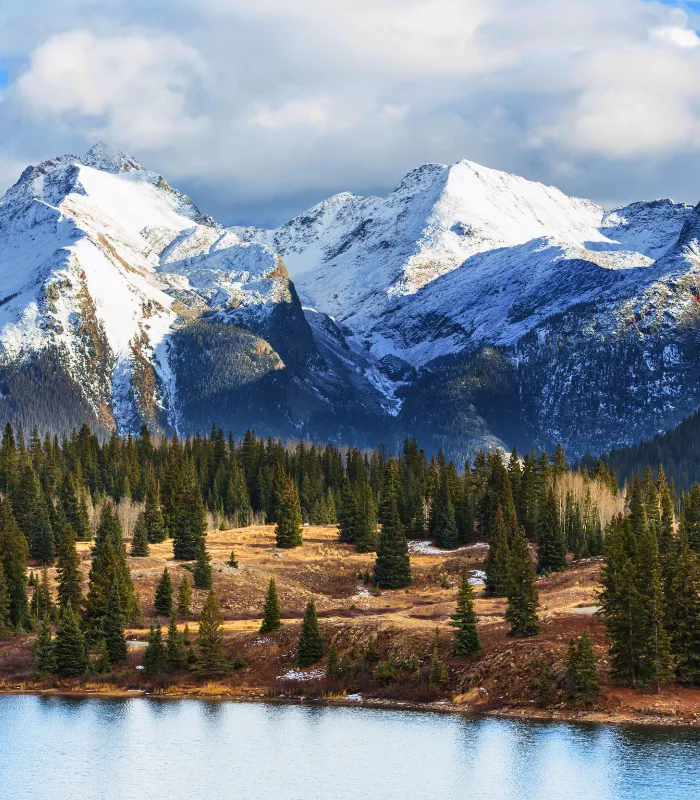


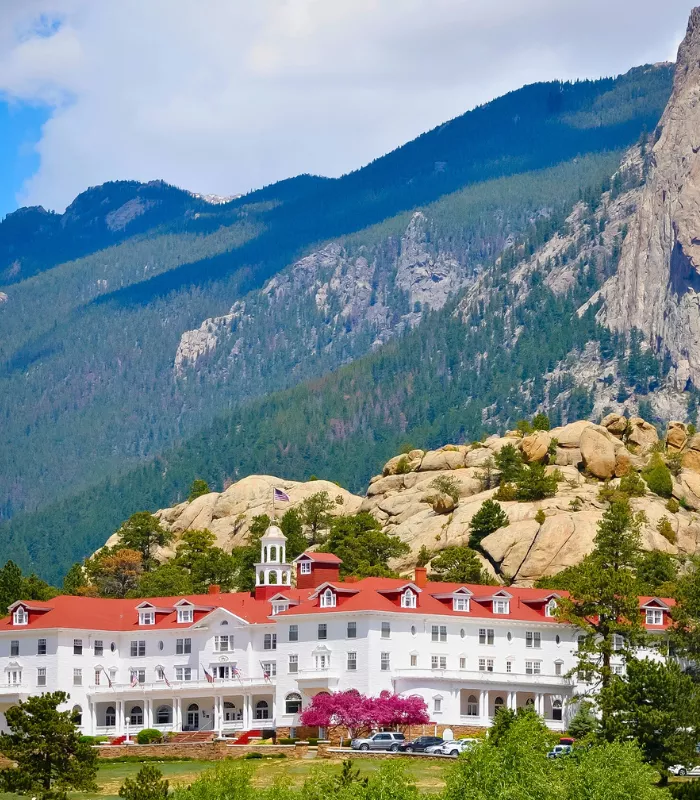
Planning a trip to the Springs area. Any suggestions on good seafood and or Bison? Thanks for the tips too.
Cog train was ok. As was the train through royal gorge.